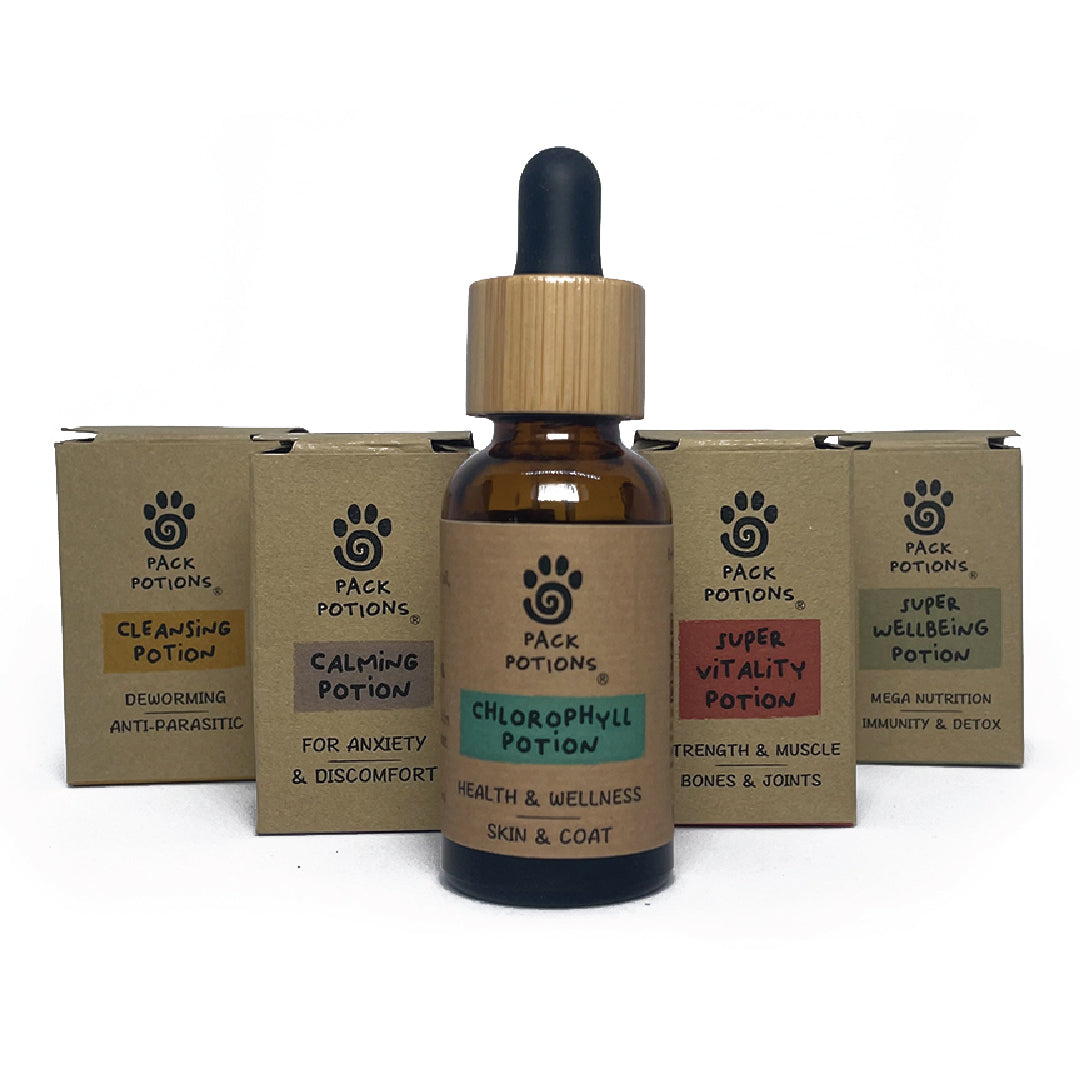Calm And Assertive - A Key to Effective Dog Training
Keeping calm is one of the best methods for your dog to trust you. I know how easy it is to overreact when your dog starts barking uncontrollably if the doorbell rings or someone passes through the hallway. This is a great opportunity to practice being calm and assertive. The next time that happens, try not to overreact, or get angry or frustrated. Instead, stay seated and act as if nothing happened, take a deep breath, and stay calm.
The moment you decide to go and open the door, you must keep your intentions positive and focus on controlling the dog’s misbehavior and not worrying about anything else. Being assertive means that you should be completely focused on your intention to control your dog and make sure he gets the message. Don’t forget, your dog senses your energy. If you run to the door out of frustration in attempt to control your dog, then your dog will either get scared, run away, or just bark more and more! Plus, a frustrated reaction might also cause your dog to lose trust in you. He simply won’t get the message and won’t understand what you want him to do the next time the doorbell rings. Soon enough you will be more aware of the energy you project and know how to control it.
Practicing this exercise consistently, and sticking to your calm assertive energy and positive intentions will help you get the message across to your dog. It is sometimes a good idea to put a leash on to have better control or redirect your dog with a treat or a ball.
There are lots of techniques to try out, but most importantly, it is your calm and assertive energy that will play a role the most. It is essential for us to consider our own energy from time to time, because our dogs are our reflection. Even if you are scared or feeling bad about something that happened, your dog will sense that as weak energy and take control when the chance arises.
So, stay calm and lead the pack with confidence!





